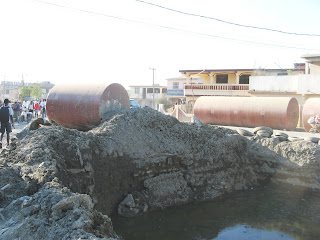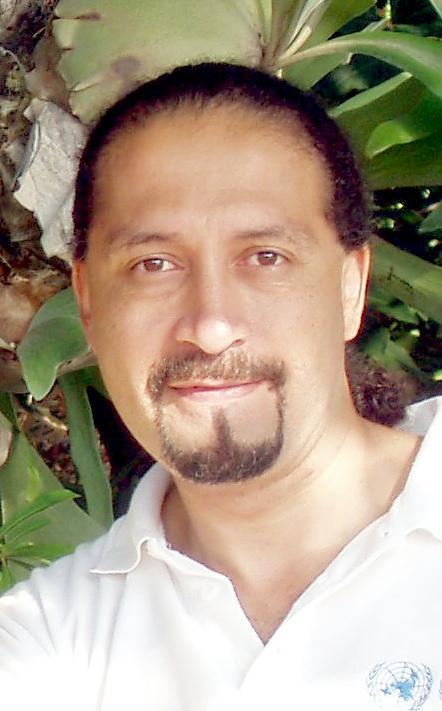El pasado 3 y 4 de febrero tuvo lugar en el Centro Carter de Atlanta, GA, un seminario internacional acerca del “Rol del sector privado en la mejora de los resultados educativos en Haiti” en el cual se asociaron varias agencias internacionales de cooperación, corporaciones de negocios, ONGs y representantes gubernamentales haitianos.
Uno de los documentos que circularon durante el evento resume bien ciertas constataciones sobre el sistema educativo haitiano, que paso a citar:
“(…) Non-public education is such a vibrant business amidst one of the most poverty stricken societies in the world. (…) Public spending in education (in Haiti) amounted to 1.5% of GDP in 2005-2006, while in the Latin America and Caribbean region it reached 4.3% of GDP. While on average private expenditure in education in LAC reaches 1%, in Haiti it amounts to 3.5%.

The provision of education is predominantly offered by the non-public sector. Based on information from the 2002-2003 census, the non-public sector enroll 95% of preschoolers, 81.5% of primary school students and 75% of secondary or third cycle students. This situation is largely different from the general pattern of LAC region, where private enrollment averages 20% in primary and 24% in secondary.
(…) Non-public schools have been set up in Haiti to fill the void left by government neglect. (Non-public education in Haiti grew) fueled by society’s almost blind trust in education’s potential to overcome dire conditions of poverty.”
El signo omnipresente de lo que acaban de leer en tan serio y sesudo análisis son los denominados “lékol bòlèt", que en otras latitudes de América Latina se conocen popularmente como “escuelas de garaje”. Se trata en general de centros pre-escolares y colegios (pero también incluso universidades!!!) creadas al ritmo creciente de la demanda pero sin respeto a los estándares educativos nacionales ni supervisión alguna de los respectivos Ministerios.
Escuelas instantáneas que en este pais proliferan ya sea bajo la sacro-santa bandera de la iniciativa privada, o bien el letárgico emblema de la caridad.
 When I came back to Haiti two and a half years ago, some old friends of MICIVIH times were already here and others joined us later. The time arrived for some of the most experienced to leave but a brand new generation of “fresh” observers has come (and gone) to develop their own “Rêve Haïtien.”
When I came back to Haiti two and a half years ago, some old friends of MICIVIH times were already here and others joined us later. The time arrived for some of the most experienced to leave but a brand new generation of “fresh” observers has come (and gone) to develop their own “Rêve Haïtien.” 











